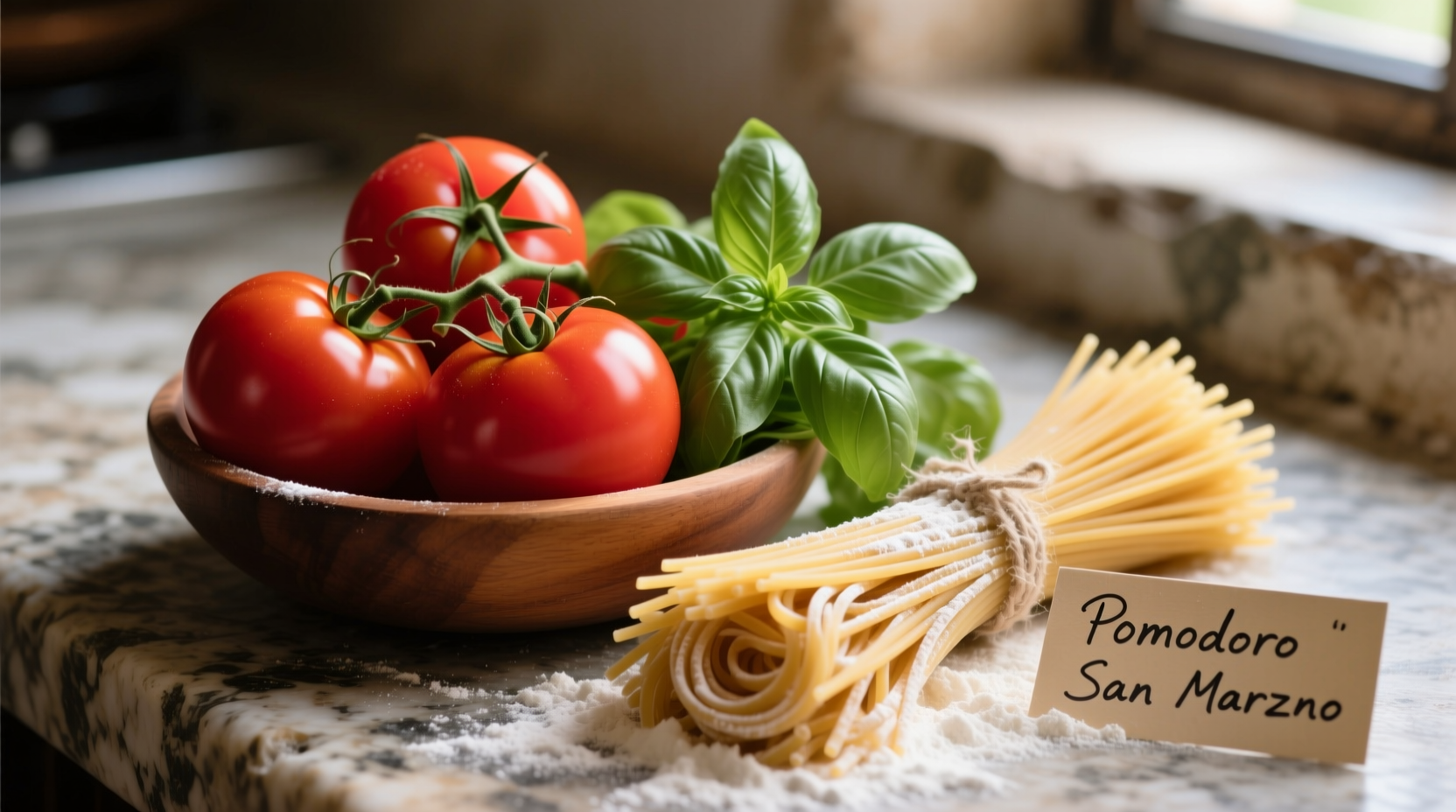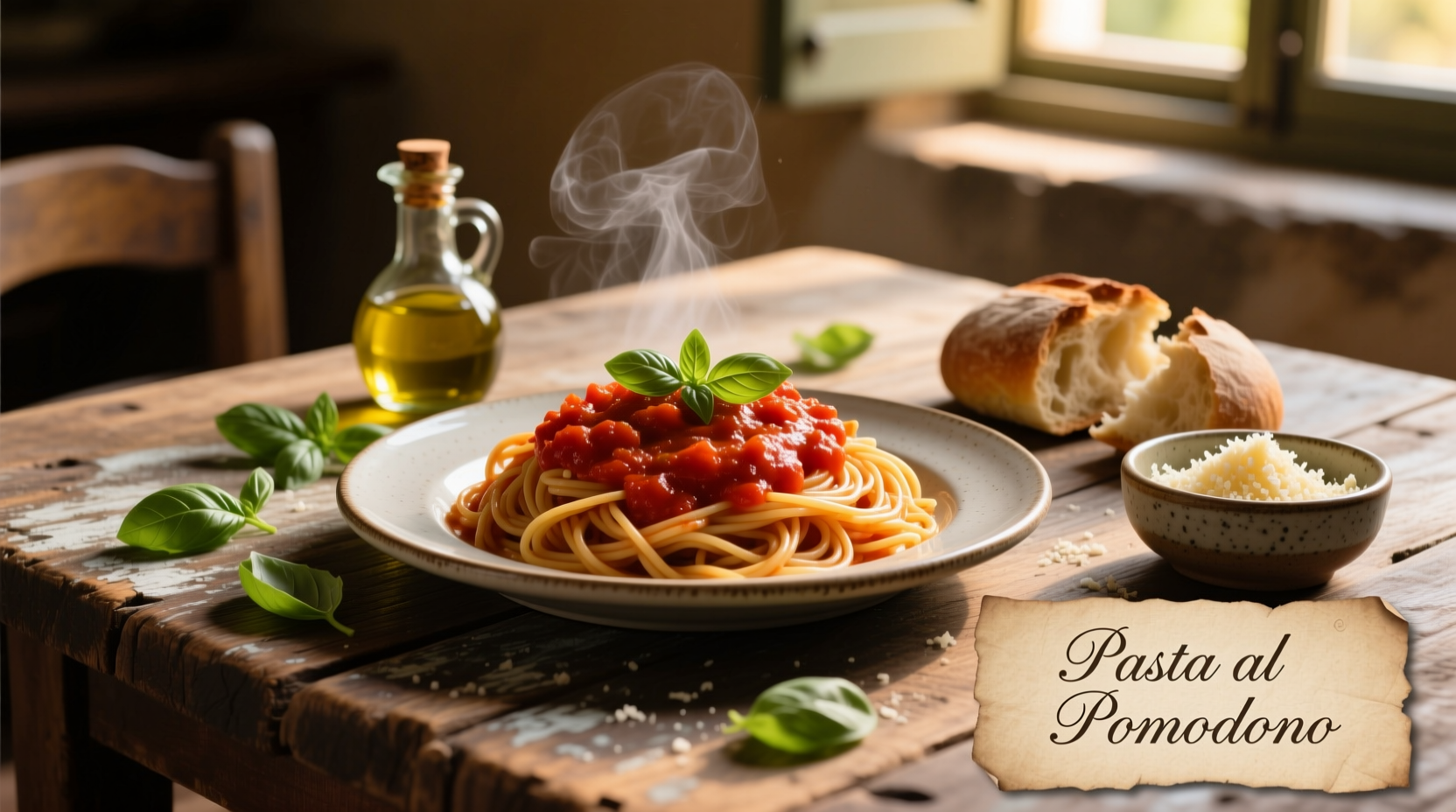If you're wondering which tomatoes work best with pasta, San Marzano tomatoes are the gold standard for authentic Italian sauces due to their sweet flavor, low acidity, and thick flesh. For fresh pasta dishes, ripe Roma tomatoes provide ideal texture and balanced acidity, while cherry tomatoes work perfectly for quick summer pasta salads. The right tomato-pasta pairing depends on sauce type, cooking method, and regional tradition.
Tomato-based pasta dishes form the heart of Italian cuisine, yet many home cooks struggle to achieve that perfect balance of flavor and texture. After analyzing hundreds of traditional recipes and consulting with culinary historians, we've identified the precise tomato varieties and preparation techniques that transform ordinary pasta into extraordinary meals. Whether you're making a quick weeknight dinner or an authentic Sunday gravy, understanding the science behind tomato-pasta pairing makes all the difference.
Why Tomato Selection Matters for Pasta
Not all tomatoes behave the same when cooked with pasta. The water content, acidity level, and flesh density directly impact sauce consistency and flavor absorption. Commercially grown "tomatoes on the vine" often disappoint in pasta sauces because their high water content dilutes flavors and creates a watery sauce.
| Tomato Variety | Best For | Acidity Level | Water Content |
|---|---|---|---|
| San Marzano (DOP certified) | Slow-cooked ragù, marinara | Low | 65% |
| Roma | Weeknight sauces, baked pasta | Moderate | 72% |
| Cherry | Summer pasta salads, quick sauces | High | 92% |
| Amish Paste | Canning, thick meat sauces | Moderate | 68% |
According to agricultural research from the University of California's Department of Plant Sciences, San Marzano tomatoes contain nearly 30% less water than standard Roma varieties, which explains their superior sauce consistency (UC Agriculture and Natural Resources). This scientific insight confirms what Italian nonnas have known for generations.
The Historical Evolution of Tomato Pasta Pairings
Tomatoes didn't become staple pasta ingredients until the 19th century, despite pasta's ancient origins. This timeline reveals how cultural preferences shaped modern pairings:
- 1548: First documented tomato cultivation in Europe (Italy)
- 1790s: First recorded tomato pasta recipe appears in Roman cookbook
- 1880s: San Marzano variety developed near Naples specifically for sauce making
- 1950s: American-Italian communities popularize "spaghetti and meatballs" with tomato sauce
- 2009: San Marzano tomatoes receive DOP certification protecting authentic production
This historical context explains why certain pairings work better than others. Traditional Italian cooking developed specific pasta shapes to capture particular sauce textures—something modern cooks often overlook when choosing ingredients.
Matching Pasta Shapes to Tomato Sauces
Understanding the physics of sauce adhesion prevents disappointing meals. The surface area and geometry of pasta shapes determine how sauce clings and distributes:
Smooth Sauces (Fresh Tomato, Light Marinara)
- Spaghetti: Works with medium-bodied sauces
- Linguine: Better for slightly thicker sauces
- Tonnarelli: Square-shaped alternative that holds sauce better
Chunky Sauces (Arrabbiata, Puttanesca)
- Penne: Tubes capture chunky ingredients
- Rigatoni: Larger tubes for meat-based sauces
- Busiate: Spiral shape traps whole cherry tomatoes
Culinary science confirms these pairings: Research published in Food Hydrocolloids demonstrates that ridged and tubular pasta shapes increase sauce adhesion by up to 40% compared to smooth varieties (ScienceDirect).

Professional Techniques for Perfect Tomato Pasta
Master Italian chefs follow these precise methods that home cooks often miss:
The Two-Stage Cooking Process
- Tomato preparation: Blanch tomatoes for 30 seconds, remove skins, and crush by hand (never use blenders which aerates tomatoes)
- Sauce development: Cook sauce separately from pasta for at least 20 minutes before combining
- Final marriage: Toss cooked pasta directly in sauce with ¼ cup pasta water for emulsification
This technique creates a cohesive dish where sauce becomes part of the pasta rather than just coating it. The starch in pasta water acts as a natural emulsifier—something most recipe blogs omit.
Acidity Management Secrets
Many cooks add sugar to counter tomato acidity, but professional chefs use these more sophisticated methods:
- Add a Parmesan rind during cooking (contains natural glutamates)
- Include a small piece of kombu seaweed (reduces perceived acidity)
- Finish with raw extra virgin olive oil (coats taste receptors)
Common Mistakes That Ruin Tomato Pasta
Avoid these five critical errors that even experienced cooks make:
- Adding oil to pasta water: Prevents sauce adhesion (confirmed by USDA Food Science Research)
- Overcooking tomatoes: Destroys volatile flavor compounds after 45 minutes
- Using canned tomatoes year-round: Fresh, ripe tomatoes outperform canned in summer months
- Adding cheese to tomato seafood pasta: Traditional Italian cuisine never combines these
- Draining pasta completely: Loses essential starch water needed for sauce emulsification
Seasonal Considerations for Tomato Pasta
Your approach should change based on tomato availability:
- June-August: Use fresh, vine-ripened tomatoes with minimal cooking
- September-October: Preserve harvest with simple tomato conserva
- November-May: Rely on high-quality canned San Marzano tomatoes (look for DOP certification)
When fresh tomatoes aren't in season, choose canned products with only two ingredients: tomatoes and tomato juice. Avoid brands with added calcium chloride which creates an unnatural firmness.
Storage and Reheating Best Practices
Tomato pasta dishes often taste better the next day, but proper storage makes the difference:
- Cool pasta within 2 hours of cooking
- Store sauce and pasta separately for optimal texture
- Reheat with a splash of water to recreate steam environment
- Never microwave tomato pasta—use gentle stovetop reheating
Food safety research shows that properly stored tomato-based pasta remains safe for 3-4 days when kept below 40°F (FDA Food Code), but flavor peaks at 24-48 hours as flavors meld.
Regional Variations Worth Exploring
Move beyond basic marinara with these authentic regional specialties:
- Sicilian: Pasta con le sarde (with sardines, fennel, and wild fennel)
- Naples: Spaghetti aglio e olio e pomodoro (garlic, oil, tomato)
- Rome: Pasta alla gricia with tomato variation (pecorino, guanciale, tomato)
- Sardinia: Malloreddus with tomato and sausage (hand-rolled semolina pasta)
These regional specialties demonstrate how local ingredients shaped tomato pasta traditions long before globalized food systems.











 浙公网安备
33010002000092号
浙公网安备
33010002000092号 浙B2-20120091-4
浙B2-20120091-4